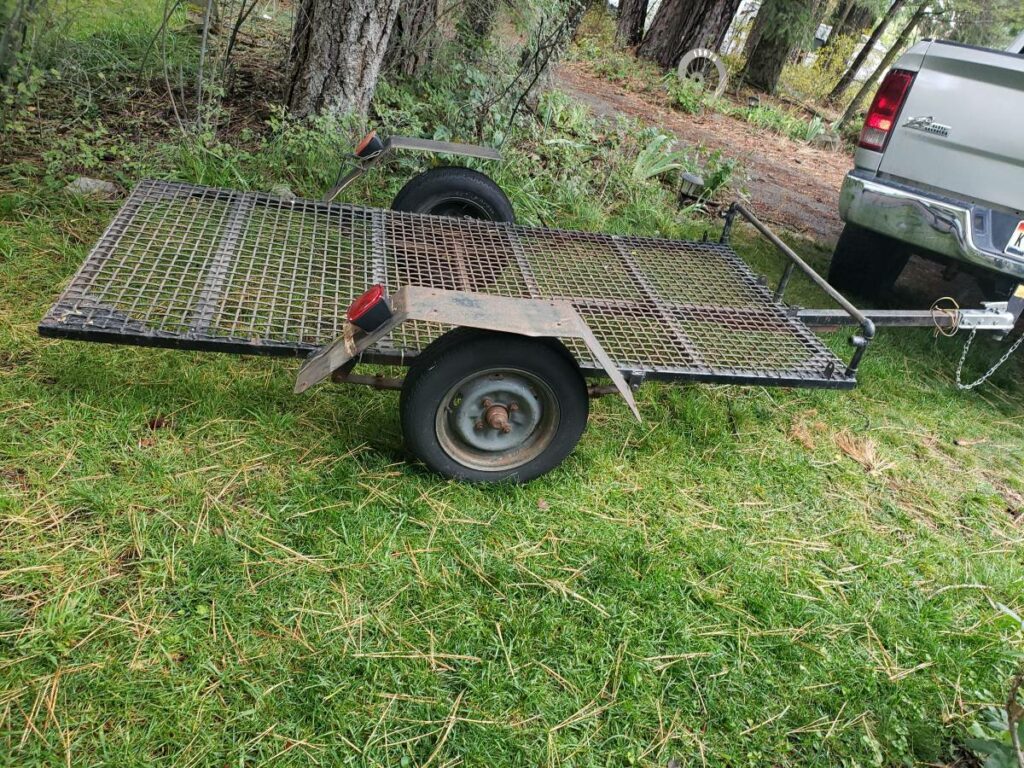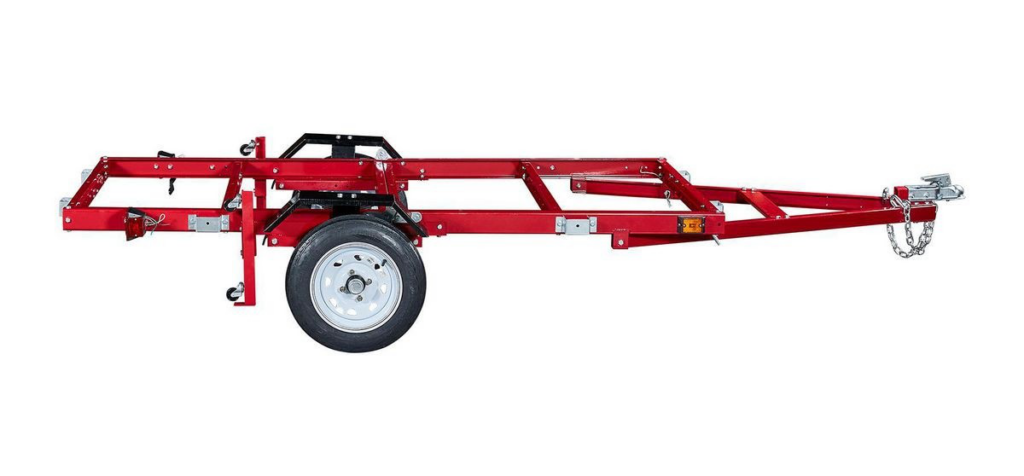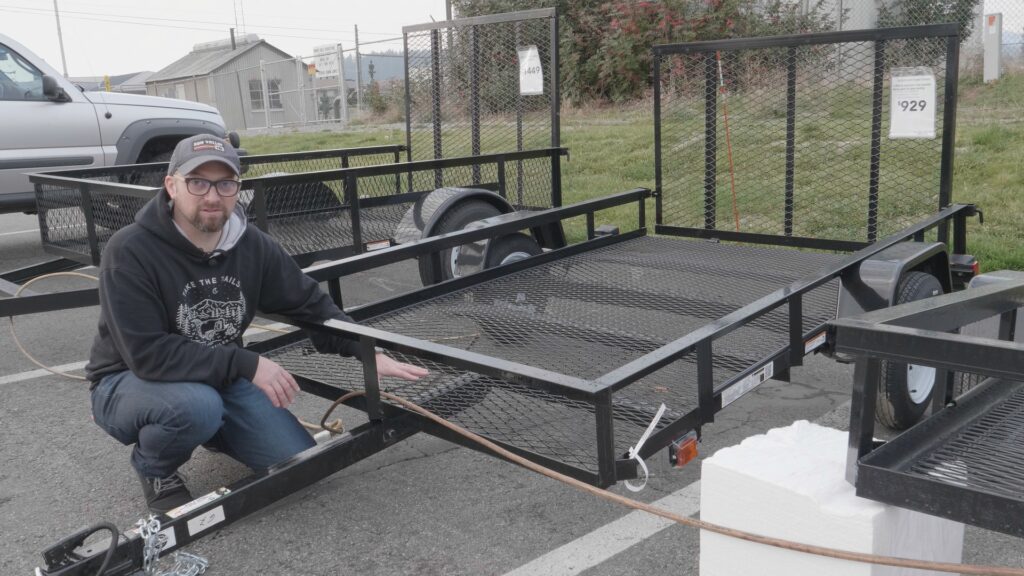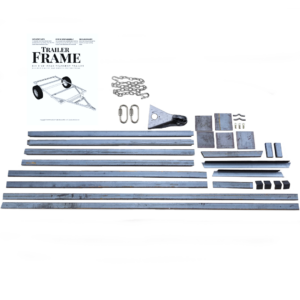You may already have a plan for your teardrop frame but what are the top 5 most used trailer frames -and their pros and cons?
The opinion that matters the most to me when I purchase a new vehicle is the mechanic I call before purchasing. That mechanic fixes all of the problems with that vehicle. I can then make an informed decision. When it comes to teardrops, I’ve seen it all in the past 15+ years.
Through the years, we’ve worked on a variety of people’s DIY teardrop trailer frames – in addition to making our own. I put them into 5 categories.

This is probably the earliest trailer frame made for a teardrop trailer. No one knows who made the first trailer but it was likely made from repurposed materials in someone’s barn or garage in the early 1900s (Watch the Documentary to Learn More). This is still a great way to make a trailer. It could be scrap steel or a dilapidated old trailer that is repurposed.

Almost all of these are from overseas and purchased from a mass tool importer. They are usually a red or black bolt-together kit that has a 1000 – 2000 lb capacity. This frame comes with wheels, tires, and an axle. This kit is also quite popular with teardrop camping enthusiasts.
This is where the long-term costs come.
Although this kit has a long list of cons, it is worth noting that not every kit will have all of these issues. Knowing what you’re getting is more than 1/2 the battle. The top 3 most important upgrades that we recommend is to repaint/finish the frame, lockdown all of the fasteners, and upgrade the tires.

Usually, these utility trailers are purchased from a big-box hardware store. They are another pretty common trailer frame solution for teardrop builders.

Purchase new raw materials and teardrop trailer frame parts and weld the frame yourself.

A laser-cut raw steel frame for teardrop trailers -that is made to our specification. This is really an extension of the DIY Welded Trailer but it is designed to help the home builder save time and the cost of tools/professional welding and design services.
There really isn’t one answer. It’s the frame that gets you camping and that has acceptable trade-offs.
For me?! It’s still the DIY Welded Teardrop Frame or OT Welded Kit. When I built my first teardrop trailer in 2007, I made my own teardrop frame (See That Build Here). It wasn’t perfect but it’s still on the road 15 years later and will last even longer than that with minimal maintenance.
After working on all of the bolt-together kits and the home improvement center utility trailers that are adapted to teardrops, they aren’t worth the maintenance headaches and design compromises. I’d rather go camping than do maintenance on my trailer frame.
There is a video at the top of this article. I cover these main points and more in the video. By the end of the video, you’ll have all of the information on teardrop frame types that I have gathered since starting this business in 2007.
Let me know what you think!
Mark
AFFILIATE PROGRAM